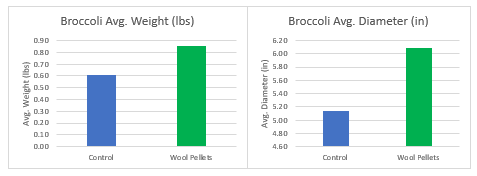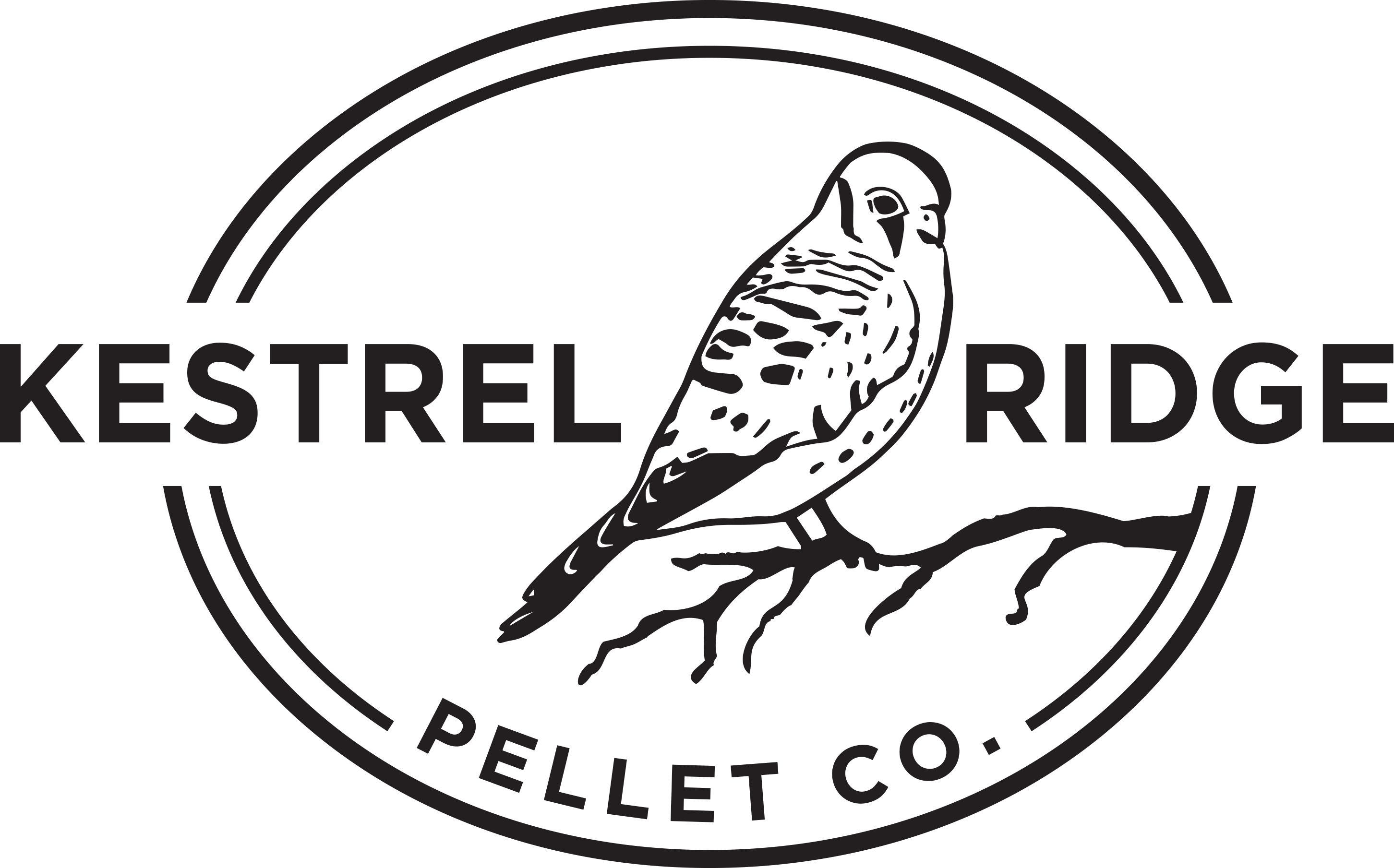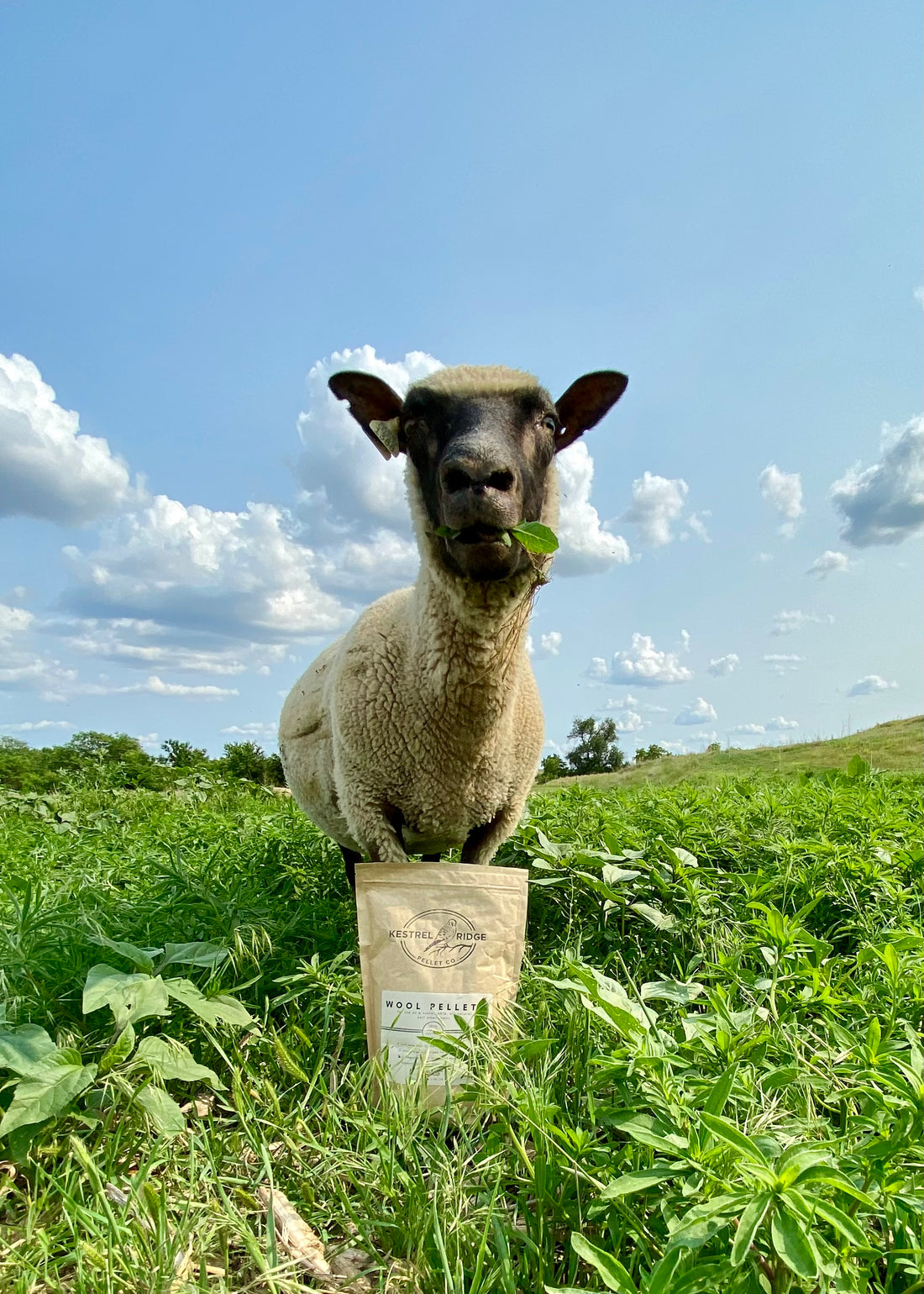Last spring (2023), we were fortunate to partner with Katie from West End Farm in Plymouth, Nebraska to trial our wool pellets with 3 varieties of broccoli, 3 varieties of cauliflower, and 1 variety of potato. In each wool pellet bed, she used 3.33 pounds of wool pellets per 100-foot bed, this is an application rate of 1% of the soil volume, using 0.01 pounds per square foot. Each variety of produce had a control bed to compare results to. For the broccoli and cauliflower, she recorded weight (lbs) of each harvested head and diameter (inches.) For the potatoes, she recorded the weight (lbs) harvested from each bed. Now let’s get down to the numbers!
The varieties of broccoli used in this experiment were Monty, Green Magic, and Imperial. On average across all three broccoli varieties, the wool pellet beds provided 4 more heads than the control. Additionally, the average weight was 0.25 pounds heavier, and the average diameter was 0.94 inches larger for broccoli grown in the wool pellet than control beds. For those of you familiar with statistics, these are highly significant differences (P-value < 0.001)! For this grower, the wool pellet broccoli beds provided $25 additional revenue than the control beds.
The potato bed of wool pellets also had exciting results! The potato variety used was Kennebec. The total weight harvested from the wool pellet bed of potatoes was 212 pounds compared to 178 pounds in the control beds. This is a difference of 34 pounds and an increase of $80 in revenue!

The cauliflower told a little different story. The varieties of cauliflower used were Fujiyama, Earlisnow, and Twister. The average difference (wool pellets minus control) in weight was 0.01 pounds and the average difference in diameter was 0.05 inches. While there were slight advantages in average weight and diameter for the wool pellet beds, the differences weren’t large enough to be statistically significant. However, these results don’t mean that wool pellets won’t work with cauliflower. The wool pellet beds performed equally well to the standard fertilizer!

After the first year of trials with our wool pellets, it just gave us more questions to consider in the future! Some additional factors we will be considering in the future include different varieties and vegetables, varying application rates of wool pellets, and other response variables such as water holding capacity.
A special thanks to Katie from West End Farm for trialing our wool pellets and for her detailed data and records!
If you're wanting to use wool pellets in your vegetable garden this spring, they are available for purchase on our website. We can ship anywhere in the US.
If you have questions regarding this trial or about wool pellets, please email us or comment below.
Happy planting!
Megan ❤

